1.Where is the source of Himalayan salt?
The Khewra Salt Mine in Pakistan’s Punjab province is where Himalayan salt is extracted. It is the second-largest salt mine in the world and is situated in the Himalayan foothills.
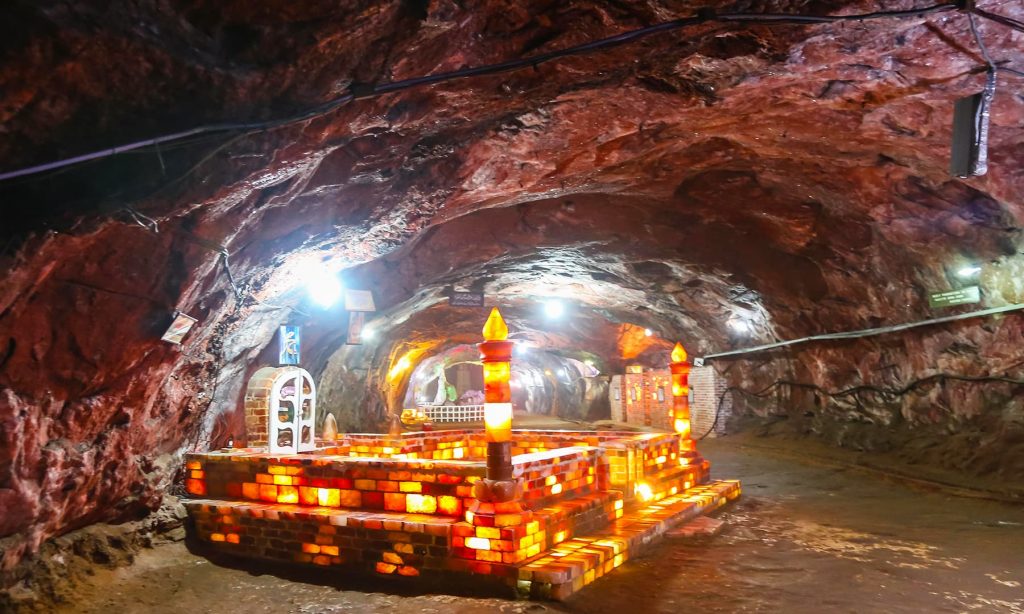
2.What distinguishes Himalayan salt from regular table salt?
Table salt is a refined salt that has had the majority of its minerals removed, whereas Himalayan salt is a natural salt that contains trace minerals. While table salt is often white, Himalayan salt is pink.
.

3.What advantages does Himalayan salt have for your health?
According to some reports, Himalayan salt has several health advantages, including:
lower blood pressure
better digestion
Increasing the body’s defenses
inflammation reduction
body remineralization
enhancing sleep
lowering tension
However, these claims are not supported by scientific evidence. More research is needed to confirm the health benefits of Himalayan salt.

4.Can I cook using Himalayan salt?
Yes, you can cook with Himalayan salt. In addition to being a table salt alternative, it can be used to flavor dishes. You might need to use more Himalayan salt to get the same amount of saltiness as you would with table salt because it has a softer flavor.

5.Can lamps be made from Himalayan salt?
Yes, using Himalayan salt in lamps is a common practice. Himalayan salt blocks are used to create the lamps, which are lit by a light bulb. Negative ions are claimed to be released by the salt, which can enhance air quality and lessen stress.
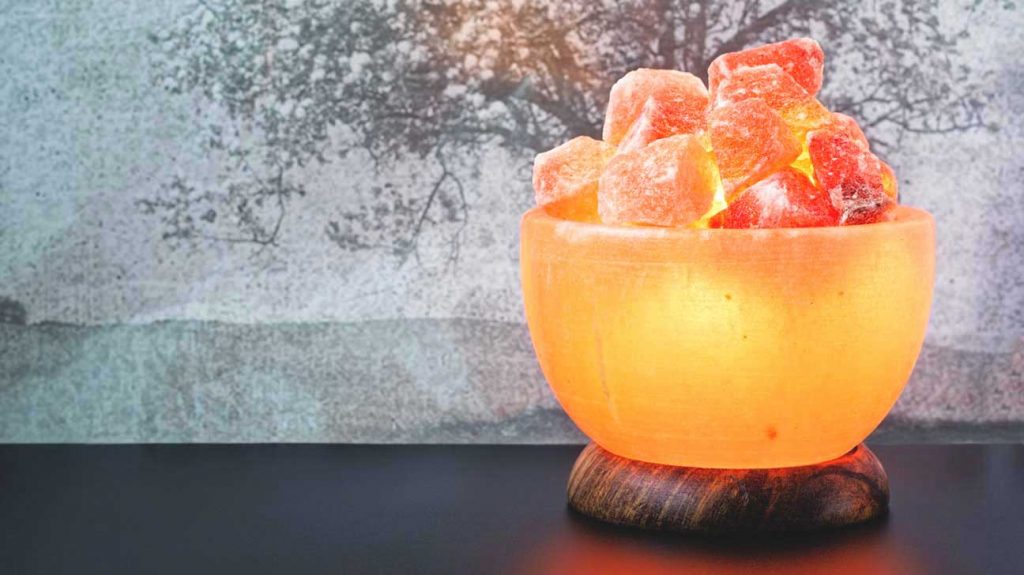
6.Is it safe to eat Himalayan salt?
Yes, eating Himalayan salt is secure. It is a natural salt devoid of any synthetic additions. It’s crucial to keep in mind, though, that Himalayan salt can occasionally include trace levels of iron, which can give it a metallic flavor.
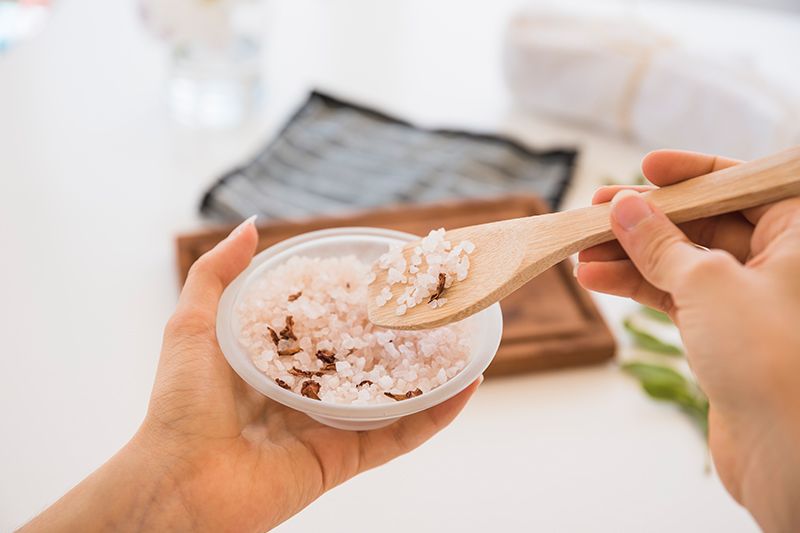
7.How can I determine the authenticity of Himalayan salt?
There are a few indicators that Himalayan salt is real. Searching for the color pink is one method. While fake salt may be white or another hue, genuine Himalayan salt should be a recognizable pink. Try tasting the salt for another way to determine. While fake salt could taste strong or bitter, genuine Himalayan salt ought to have a mellow flavor.
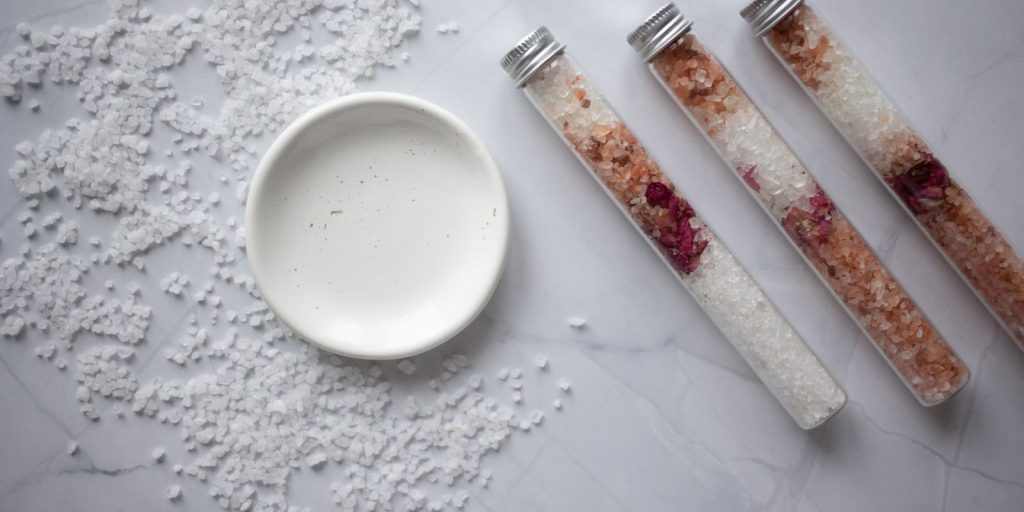
8.How should Himalayan salt be kept?
Himalayan salt needs to be kept in a cold, dry location in an airtight container. The salt must be kept away from moisture since it may clump together if it does.
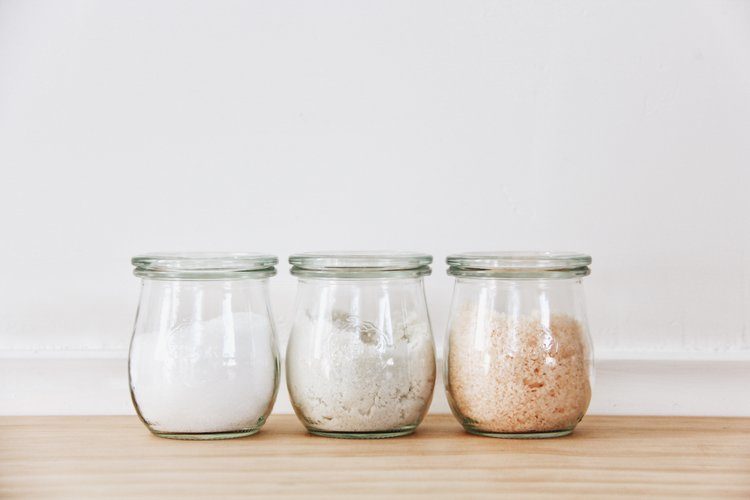
9.What is the shelf life of Himalayan salt?
Himalayan salt is eternal. The amount of time it can be kept in storage is limitless. The salt’s flavor could, however, deteriorate over time.

10.What other uses are there for Himalayan salt?
Himalayan salt can be used in a wide range of various ways other for cooking and lamps, including:
creating salt soaks and cleanses
use as a face mask
increasing the bathwater
detoxifying with
Including in air cleaners
Himalayan salt is a popular and versatile product that is used for a variety of purposes, from cooking to spa treatments to air purification. While there is limited scientific evidence to support many of the health claims made about Himalayan salt, it is a good source of minerals and is generally considered to be safe for most people to consume in moderation.
If you are looking for a way to add flavor to your food and enjoy some of the potential health benefits of Himalayan salt, consider using it in place of regular table salt. You can also use it to make a saline solution for nasal irrigation, or to add to a warm bath to relax and soothe sore muscles.
Here is a summary of the key points about Himalayan salt:
- Himalayan salt is a mineral-rich salt that is mined in the Himalayan mountains.
- It is often used in cooking, but it is also used for a variety of other purposes, such as for spa treatments and air purification.
- Himalayan salt is said to be more pure than regular table salt and to have many health benefits, but there is limited scientific evidence to support these claims.
- Himalayan salt is generally considered to be safe for most people to consume in moderation.
If you have any concerns about using Himalayan salt, be sure to talk to your doctor.
Himalayan salt is a popular choice for many people who are looking for a healthier alternative to regular table salt. It is said to be more pure and less processed than table salt, and it contains a variety of minerals that are beneficial for health.
Here are some of the potential health benefits of Himalayan salt:
- Improved digestion: Himalayan salt can help to stimulate the production of digestive enzymes and hydrochloric acid, which are both necessary for proper digestion.
- Reduced inflammation: Himalayan salt contains antioxidants and anti-inflammatory compounds that can help to reduce inflammation throughout the body.
- Better sleep quality: Himalayan salt is a good source of magnesium, a mineral that is essential for healthy sleep.
- Improved respiratory function: Himalayan salt can help to clear mucus and congestion from the airways, making it easier to breathe.
- Balanced electrolytes: Himalayan salt contains a variety of electrolytes, including sodium, potassium, and magnesium, which are essential for maintaining fluid balance and proper nerve and muscle function.
In addition to these potential health benefits, Himalayan salt can also be used to enhance the flavor of food and to create a relaxing and spa-like experience at home.
Here are some tips for using Himalayan salt:
- Cooking: Himalayan salt can be used to season food in the same way as regular table salt. It can also be used to make a brine for brining meat or fish.
- Spa treatments: Himalayan salt can be used in a variety of spa treatments, such as salt baths, salt scrubs, and salt inhalers.
- Air purification: Himalayan salt lamps are said to help to purify the air by releasing negative ions.
It is important to note that Himalayan salt is still a type of salt, and it should be consumed in moderation. The American Heart Association recommends that adults consume no more than 2,300 milligrams of sodium per day.
If you are considering using Himalayan salt, be sure to talk to your doctor first, especially if you have any underlying health.
The strongest point about Himalayan salt is its mineral content. Himalayan salt contains over 80 minerals, including sodium, potassium, calcium, magnesium, and iron. These minerals are essential for good health and can help to support a variety of bodily functions, such as digestion, circulation, and muscle function.
Another strong point about Himalayan salt is that it is less processed than regular table salt. Table salt is typically bleached and refined, which can remove some of its nutrients. Himalayan salt, on the other hand, is mined and dried naturally, so it retains more of its nutrients.
Finally, Himalayan salt is also said to be more pure than regular table salt. Table salt often contains additives such as iodine and anticaking agents. Himalayan salt, on the other hand, is typically free of additives.
Overall, Himalayan salt is a good choice for people who are looking for a healthier alternative to regular table salt. It is more nutritious, less processed, and more pure.
However, it is important to note that Himalayan salt is still a type of salt, and it should be consumed in moderation. The American Heart Association recommends that adults consume no more than 2,300 milligrams of sodium per day.
- Improved digestion: Himalayan salt can help to stimulate the production of digestive enzymes and hydrochloric acid, which are both necessary for proper digestion. This can help to improve nutrient absorption and reduce the risk of digestive problems such as bloating, gas, and constipation.
- Reduced inflammation: Himalayan salt contains antioxidants and anti-inflammatory compounds that can help to reduce inflammation throughout the body. Inflammation is a root cause of many chronic diseases, such as heart disease, cancer, and arthritis. By reducing inflammation, Himalayan salt can help to protect against these diseases and improve overall health.
- Better sleep quality: Himalayan salt is a good source of magnesium, a mineral that is essential for healthy sleep. Magnesium helps to relax the muscles and calm the mind, which can promote better sleep quality.
- Improved respiratory function: Himalayan salt can help to clear mucus and congestion from the airways, making it easier to breathe. This can be especially beneficial for people with asthma or other respiratory conditions.
- Balanced electrolytes: Himalayan salt contains a variety of electrolytes, including sodium, potassium, and magnesium, which are essential for maintaining fluid balance and proper nerve and muscle function. Electrolyte imbalances can lead to a variety of health problems, such as muscle cramps, fatigue, and headaches. By balancing electrolytes, Himalayan salt can help to improve overall health and well-being.
- Himalayan salt can be used to season food in the same way as regular table salt. It can be added to dishes during cooking, or it can be used as a finishing salt to add extra flavor. Himalayan salt can also be used to make a brine for brining meat or fish. Brining is a process of soaking meat or fish in a salt solution before cooking. This helps to tenderize the meat or fish and add flavor.
- Himalayan salt can be used in a variety of spa treatments, such as salt baths, salt scrubs, and salt inhalers.
- Salt baths: Salt baths are a great way to relax.
- Himalayan salt is said to have a number of health benefits, including:
- Improved digestion: Himalayan salt can help to stimulate the production of digestive enzymes and hydrochloric acid, which are both necessary for proper digestion.
- Reduced inflammation: Himalayan salt contains antioxidants and anti-inflammatory compounds that can help to reduce inflammation throughout the body.
- Better sleep quality: Himalayan salt is a good source of magnesium, a mineral that is essential for healthy sleep.
- Improved respiratory function: Himalayan salt can help to clear mucus and congestion from the airways, making it easier to breathe.
- Balanced electrolytes: Himalayan salt contains a variety of electrolytes, including sodium, potassium, and magnesium, which are essential for maintaining fluid balance and proper nerve and muscle function.
- Himalayan salt can be used in a variety of ways, including:
- Cooking: Himalayan salt can be used to season food in the same way as regular table salt. It can also be used to make a brine for brining meat or fish.
- Spa treatments: Himalayan salt can be used in a variety of spa treatments, such as salt baths, salt scrubs, and salt inhalers.
- Air purification: Himalayan salt lamps are said to help to purify the air by releasing negative ions.
- Himalayan salt is generally considered to be safe for most people to consume in moderation. However, it is important to note that Himalayan salt is still a type of salt, and it should be consumed in moderation. The American Heart Association recommends that adults consume no more than 2,300 milligrams of sodium per day.
- If you have any concerns about using Himalayan salt, be sure to talk to your doctor first.
- Himalayan salt has a long and rich history. It is believed to have been formed over 250 million years ago, when the Himalayan mountains were still underwater. As the oceans receded, they left behind thick deposits of salt.
- Himalayan salt has been used by people in the region for centuries. It was used to season food, preserve meat, and make medicine. Himalayan salt was also traded throughout the world, and it was once considered to be a valuable commodity.
- In the 19th century, the British began to mine Himalayan salt on a large scale. They built roads and railroads to transport the salt to other parts of India and the world. Himalayan salt became increasingly popular in the 20th century, and it is now available in many countries around the world.
- Today, Himalayan salt is prized for its unique pink color and its high mineral content. It is often used in cooking, but it is also used in a variety of other ways, such as for spa treatments and air purification.
- Here is a timeline of some of the key events in the history of Himalayan salt:
- 250 million years ago: Himalayan salt is formed when the Himalayan mountains are still underwater.
- Centuries ago: Himalayan salt is used by people in the region for seasoning food, preserving meat, and making medicine.
- 19th century: The British begin to mine Himalayan salt on a large scale.
- 20th century: Himalayan salt becomes increasingly popular around the world.
- Today: Himalayan salt is prized for its unique pink color and its high mineral content. It is used in cooking, spa treatments, and air purification.
- Cooking: Himalayan salt can be used to season food in the same way as regular table salt. It can also be used to make a brine for brining meat or fish.
- Spa treatments: Himalayan salt can be used in a variety of spa treatments, such as salt baths, salt scrubs, and salt inhalers.
- Air purification: Himalayan salt lamps are said to help to purify the air by releasing negative ions.
- Other uses: Himalayan salt can also be used to make saline solution for nasal irrigation, to add to a warm bath to relax and soothe sore muscles, and to make a variety of beauty products.
- Here are some specific examples of how to use Himalayan salt:
- To season food: Add Himalayan salt to taste when cooking or baking. You can also use it to make a finishing salt by grinding it into a fine powder and sprinkling it over cooked dishes.
- To make a brine: Dissolve Himalayan salt in water to create a brine. You can use this brine to brine meat or fish before cooking. Brining helps to tenderize the meat or fish and add flavor.
- To take a salt bath: Fill your bathtub with warm water and add Himalayan salt. Soak in the bath for 20-30 minutes to relax and soothe sore muscles.
- To make a salt scrub: Mix Himalayan salt with oil or water to create a salt scrub. Massage the scrub into your skin to exfoliate and remove dead skin cells.
- To make a saline solution: Dissolve Himalayan salt in water to create a saline solution. You can use this saline solution for nasal irrigation or to clean wounds.
- To make a Himalayan salt lamp: Place a Himalayan salt lamp in a room to help to purify the air. The salt lamp will release negative ions, which are said to have a number of health benefits.
- It is important to note that Himalayan salt is still a type of salt, and it should be consumed in moderation. The American Heart Association recommends that adults consume no more than 2,300 milligrams of sodium per day.
- If you have any questions or concerns about using Himalayan salt, be sure to talk to your doctor.
- Is mined from the Khewra Salt Mine in Pakistan.
- Has a pink color due to the presence of trace minerals, such as iron, magnesium, and potassium.
- Is less processed than regular table salt.
- Is said to have a number of health benefits, such as improved digestion, reduced inflammation, and better sleep quality.
- Regular table salt:
- Is typically mined from underground salt deposits.
- Is white in color and has a fine texture.
- Is more processed than Himalayan salt and often contains additives such as iodine and anticaking agents.
- Is generally considered to be less nutritious than Himalayan salt.
- Which salt is better?
- There is no definitive answer to the question of which salt is better. Himalayan salt is often marketed as a healthier alternative to regular table salt, but there is limited scientific evidence to support these claims.